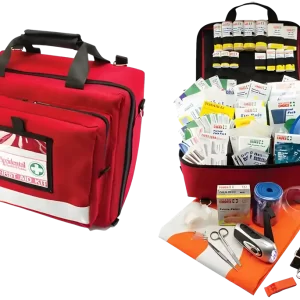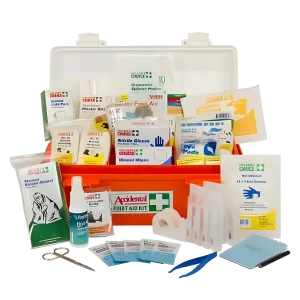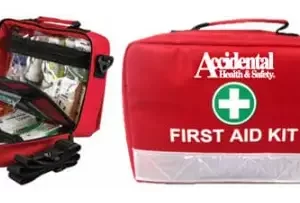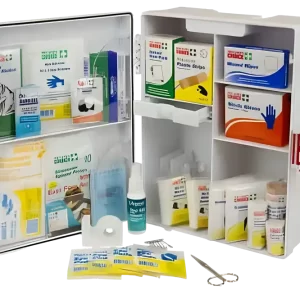Training and Assessment Delivered on Behalf of Allens Training Pty Ltd RTO 90909
First Aid Kit Contents: What You Should Have
Let’s talk about first aid kits. We all know they’re important, and we’ve all been told we should have one — yours is probably tucked away in our car’s glove compartment, in the bottom drawer of the kitchen, or somewhere in the back of our work desk. But what’s actually in there? Some band-aids, a couple of safety pins, and an old wound wipes? Or maybe you’ve thought about building one but never quite got around to it. You need to consider first aid kit contents.
Here’s the thing: The right first aid kit contents can be the difference between a ‘no big deal’ and planning a funeral for your uncle. So, let’s cut through the noise: What do you actually need in a standard first aid kit, and why? What are essential first aid kit contents? Just want to see the list? By the end of this, you’ll have a clear list — and a clearer mind when it comes to being prepared for life’s little (and not so little) surprises.
The Real Deal on First Aid Kits Contents:
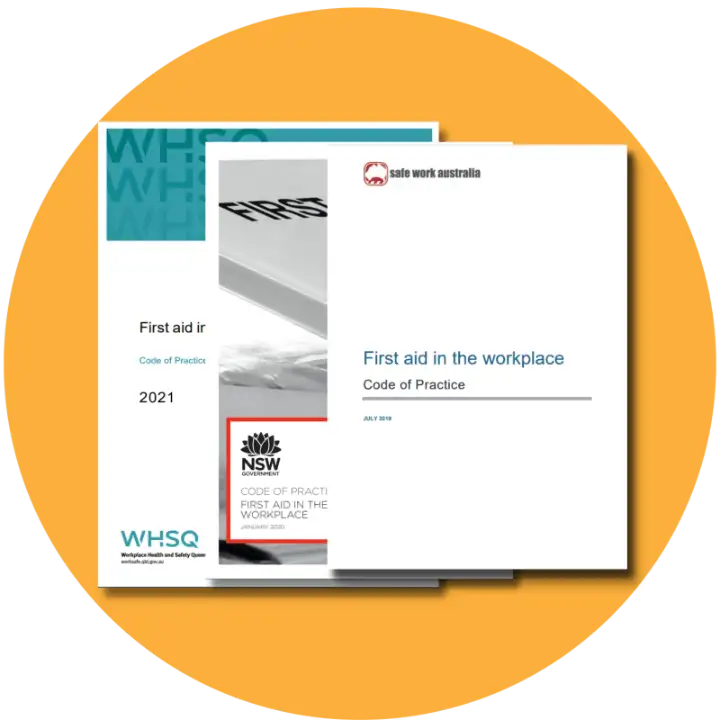
When we talk about first aid kits, there’s a bit of a Goldilocks scenario going on. Too small, and you’re missing out on essentials when an emergency hits. Too big, and you’re lugging around a mini-hospital you’ll never fully use. Finding that ‘just right’ isn’t about size—it’s about smarts.
The First Aid Code of Practice is a document by Safework Australia that can help you decide what you need. We’ve included the list below, but you’ll need to keep in mind that each state has their own recipe. You also need to think about what risks you might face when choosing what goes in.
Here’s what you’re likely to find in a standard first aid kit, and why each item earns its place:
- First Aid Instructions and CPR Flow Chart (1): This is your go-to for emergency procedures. It’s there to refresh your memory on the basics when every second counts.
- Notebook and Pen (1): In an emergency, this is where you’ll record vital signs and symptoms, and any first aid steps you’ve taken before help arrives.
- Resuscitation Face Shield (1): A face shield is for CPR. It creates a barrier to protect you and the person you’re helping from the transfer of fluids.
- Disposable Nitrile Gloves (5 pairs): Gloves are a must for personal protection and to reduce the risk of infection when you’re treating someone.
- Sterile Gauze Pads 7.5 x 7.5 cm (5 packs): These pads are for covering wounds to absorb fluids and prevent infection.
- Saline Solution 15 ml (8): Saline is used for rinsing out wounds or eyes. It’s a sterile fluid that’s like the body’s own, so it won’t irritate damaged tissues.
- Antiseptic Wipes (10): These are for cleaning around wounds. They kill germs and create a clean environment for dressing a wound.
- Adhesive Bandages (1 pack of 50): These are your everyday bandages for minor cuts and scrapes, protecting them while they heal.
- Splinter Probes (10): Use these to safely remove splinters without causing more pain or injury.
- Tweezers (1): For removing debris from a wound or picking up and placing sterile items without touching them.
- Antiseptic Liquid/Spray (50 ml, 1): This is for disinfecting wounds after they’re cleaned with wipes or saline.
- Non-adherent Wound Dressing, various sizes (10 total): These dressings don’t stick to the wound, making for easier changes and less pain.
- Conforming Bandages, 5 cm and 7.5 cm widths (6 total): They wrap around limbs and joints, holding dressings in place or supporting strains.
- Crepe Bandage, 10 cm (1): This is for serious injuries. It’s used to apply steady pressure to larger wounds or to immobilize a limb.
- Scissors (1): You’ll need these to cut tape, bandages, or clothing away from a wound.
- Adhesive Tape, 2.5 cm wide (1 roll): This tape secures bandages and dressings in place, even on the move.
- Safety Pins (1 pack of 6): These are for securing bandages or makeshift clothing adjustments in a pinch.
- BPC Wound Dressings (2 total): They are for larger wounds to absorb more fluid and protect from contamination.
- Triangular Bandages (2): These can be slings, wraps for splints, or additional support for sprains.
- Emergency Rescue Blanket (1): It’s used to help retain body heat in cases of shock or when someone’s very cold.
- Eye Pads (4): These protect injured eyes from light and further injury.
- Instant Ice Packs (1): Use these for immediate cold application to reduce swelling and pain from injuries.
Each quantity listed is based on recommendations from the First Aid Code of Practice to ensure that you have enough supplies to handle most common workplace injuries. Adjustments should be made based on the specific risks associated with your workplace.
The standard contents of a first aid kit are designed to cover a wide range of possible scenarios. However, the environment you’re in could dictate the need for additional specialized modules. Here’s a rundown of these specialized modules and their practical contents:
Outdoor Module
If your workspace is the great outdoors, you might be dealing with anything from sprained ankles on uneven ground to insect stings.
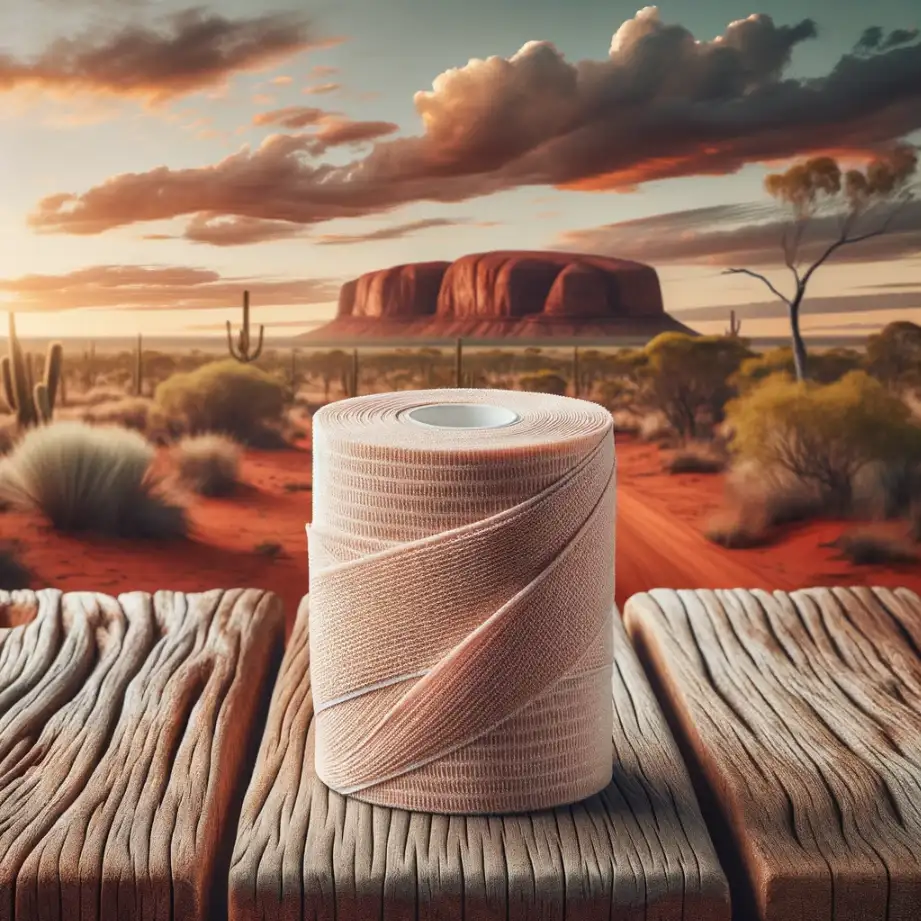
- Heavy Duty Crepe Bandage (1 for snake bites): This isn’t your average bandage. It’s designed to apply firm pressure over a snake bite, helping to slow the spread of venom.
- Sting Relief Products (varies): Insects won’t play nice just because you’re working. These products help soothe stings and reduce allergic reactions.
Remote Module
For those in remote or less accessible locations, the stakes are higher, and your kit needs to reflect that with gear for more serious situations.
- Thermal Blanket (1): Similar to the emergency rescue blanket, this is to combat shock or extreme cold, potentially lifesaving in remote areas.
- Large Clean Sheeting (1): This is for covering burns without sticking to the skin, which is vital when immediate professional medical help isn’t available.
- Whistle (1): When you’re far from help, a whistle can be heard far beyond shouting range to alert rescuers.
- Torch/Flashlight (1): If you’re injured at night or in low-light conditions, you need to see and be seen by rescuers.
Burn Module
Where there’s a risk of burns from chemicals, fire, or even electrical sources, the kit should cater specifically to that.
- Hydrogel Sachets (8 x 3.5 gm): These cool the burn, help begin the healing process, and reduce the risk of infection.
- Burn Dressings (varies): Specifically designed to treat burns, they don’t stick to the wound and help in pain relief.
- Clean Polythene Sheets (varies in size): For covering burns, these sheets are sterile and won’t adhere to the damaged skin.
- Cotton Conforming Bandage, 7.5 cm (1): Holds burn dressings in place without applying pressure to the burn.
By expanding on the basic kit with these modules, you’re preparing for the specific challenges that your environment presents. Remember, one size doesn’t fit all when it comes to safety — assessing the risks and preparing accordingly is key.
Where to Get Your First Aid Kit Contents:
Navigating the maze of first aid supplies doesn’t have to be complex or time-consuming. To make life easier, we’ve put together comprehensive first aid kits that tick all the boxes of the national standards—and then some. Our kits come ready with all the items listed, in the recommended quantities, and are perfect for a variety of settings, whether you’re at the office, operating a construction site, or heading up a remote expedition. Plus, by choosing our kits, you’re choosing quality and reliability, ensuring that when an emergency arises, you have the best tools at your disposal.
Wrap Up
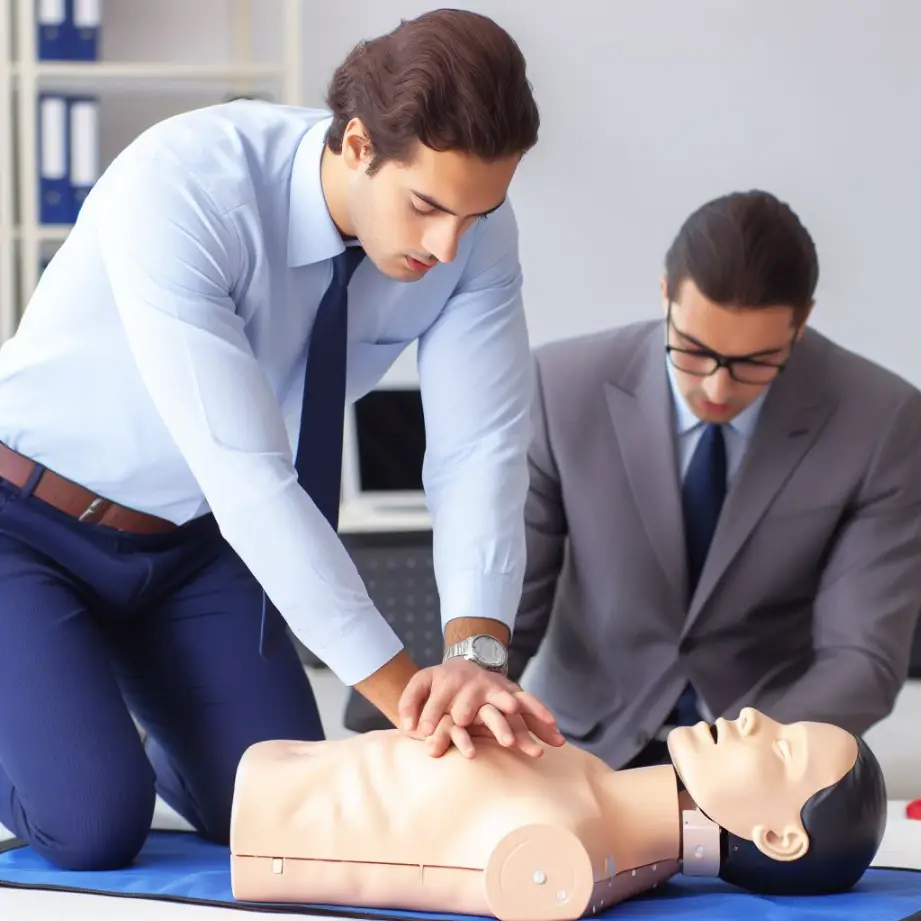
In a world where certainty is a luxury, being prepared for a medical emergency is a choice that can make all the difference. Equip yourself not just with a comprehensive first aid kit, but also with the knowledge and skills from our specialized courses. With our guidance, you can transform uncertainty into readiness, and fear into confidence.
Don’t wait for an emergency to realize the value of preparedness. Take charge now by purchasing one of our comprehensive first aid kits, tailored to meet your specific needs. Also, sign up for our expert-led courses and become proficient in life-saving techniques. Your actions today could be the difference between life and death tomorrow. When it comes to emergencies, being well-prepared isn’t just a strategy—it’s a responsibility. Take the first step today.

